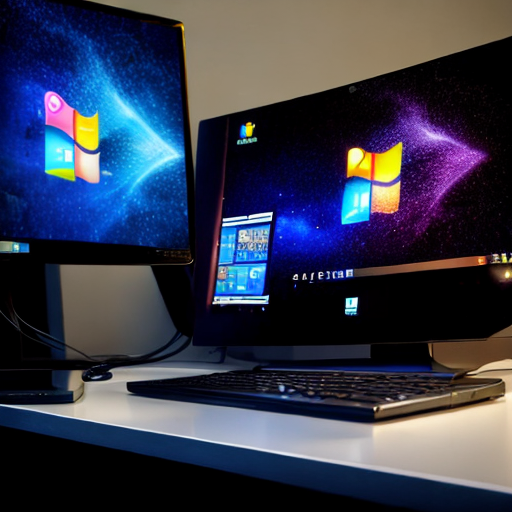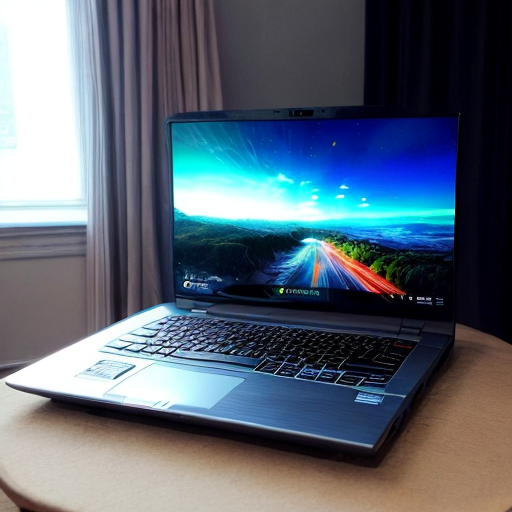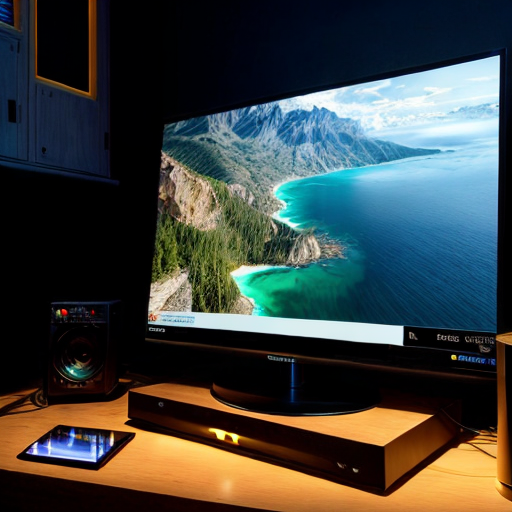Connecting a Computer to a Server: A Beginner’s Guide
Understanding the Basics of Server Connectivity
So, you’re ready to dive into the magical world of server connectivity, huh? Well, buckle up, folks, because we’re about to embark on a wild ride. Picture this: you sitting at your computer, eagerly trying to connect to a server like a kid on Halloween trying to gobble up all the candies in their goody bag. Now, there are a few basic steps to get this party started. First, you’ll need to make sure your computer and the server are on the same wavelength (aka the same network). It’s like finding a best friend who speaks the same language as you—important stuff, people! Then, you’ll engage in a little tango with your computer settings, tweaking them to communicate with the server seamlessly. Think of it as giving your computer a makeover, fancy dress and all! And voila, just like that, your computer will be ready to salsa its way to server connectivity. Now, let’s just hope your computer has the rhythm to keep up!
Setting Up a Local Area Network (LAN) for Server Connection
An interesting fact about how to connect a computer to a server is that there are multiple ways to establish this connection, but one unique method is through the use of a Secure Shell (SSH). SSH is a cryptographic network protocol that provides secure communication between computers, allowing a user to log in securely to a remote server or computer over an unsecured network. By establishing an SSH connection, users can execute commands, transfer files, and remotely access and control a server, providing a secure and efficient means of computer-to-server connectivity.
So you’ve finally decided to dive into the exciting world of networking and create your very own Local Area Network (LAN) to connect your computer to a server? Well, buckle up and prepare for a thrilling ride filled with cables, IP addresses, and possibly some frustrated mumbling. First things first, gather all the necessary equipment – Ethernet cables, switches, and a server that’s probably larger than your last vacation suitcase. Make sure you have a designated server room because let’s face it, servers like to be pampered. Now, the real challenge begins as you attempt to connect your computer to the server. It’s like speed dating, but with a little less romance and a lot more technical jargon. Just remember, if at any point you start questioning your life choices, take a deep breath and remind yourself that you’re doing it for that sweet, sweet server connection. Good luck, oh brave network explorer! May the force of those tangled cables be with you.
Configuring Network Settings and Protocols to Connect to a Server

Ah, the thrilling adventure of configuring network settings and protocols to connect to a server. Brace yourself, dear readers, for we are about to embark on a journey filled with confusing acronyms and mind-boggling technical terms. Fear not, however, for I am here to guide you through this bewildering maze of connectivity.
Now, picture yourself sitting at your computer like a digital explorer, ready to conquer new realms on the World Wide Web. But alas, you’re faced with the daunting task of connecting this little vessel of information to a mighty server. Fear not, for you shall not be defeated!
First, let’s talk about IP addresses, those quirky strings of numbers that resemble secret codes. Your computer craves an IP address to communicate with the grand server of your dreams. It’s like the computer’s version of having a phone number, only it’s longer and more mysterious. So, you must embark on a quest to obtain an IP address, either manually or through magical means such as DHCP. No wands needed, but a few clicks and settings adjustments are in order.
But wait, there’s more! You must also adjust some network settings, like a digital alchemist mixing potions to achieve the perfect concoction. You’ll discover magnificent things such as DNS servers, gateways, and subnet masks. It’s like attending a wizarding school for computers! Calm your anxious soul; it’s not as daunting as it seems. Enter those numbers, fill the fields, and let your computer shake hands with the server.
Now, let’s talk about protocols. In the realm of digital communication, protocols are like the rules of engagement or the secret handshakes for computers. TCP/IP, FTP, SSH, HTTP – these acronyms can send shivers down your spine. But fear not, young adventurer! Get acquainted with these protocols, for each possesses its own magic spell to facilitate the connection between your computer and the almighty server. It’s like learning a whole new language, except you don’t need to memorize a thousand words, just a few clever tricks.
There you have it, fellow travelers on this whimsical journey. Configuring network settings and protocols to connect to a server may seem like trying to find the pot of gold at the end of a rainbow, but with a pinch of humor and a sprinkle of digital bravery, you’ll conquer this formidable task. Tread carefully, adjust the settings with confidence, and you shall unlock the gateway to a world of marvelous interconnected possibilities. Onward, brave souls, and may your servers always be accessible and your connections always strong!
Establishing Secure Remote Access to a Server
Fun fact: Connecting a computer to a server is like finding a dance partner at a party! Just as you need a dance partner to showcase your moves, your computer needs a server to share, process, and store data. So, think of connecting your computer to a server as a stylish dance collaboration, where both your devices create a smooth rhythm of data transmission!
So, you’ve decided to plunge into the exhilarating world of server management, huh? Connecting your computer to a server might sound like a serious affair, like trying to assemble Ikea furniture without having a meltdown (good luck with that!). But fear not, brave souls! Establishing secure remote access to a server is not as daunting as it sounds. It’s like a virtual invitation, a secret handshake, or a password-protected treasure chest waiting to be cracked open – but legally, of course. Just remember to double-check your firewall, update your software, and create a strong password. And voila! You’ll be connected to your server like two peas in a pod, ready to conquer the digital realm. Now, pardon me while I go struggle with my own server issues – ah, the thrilling life of a blogger!







